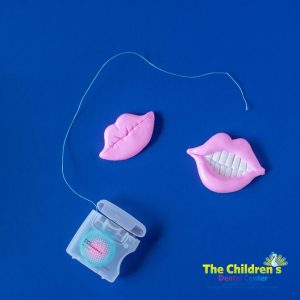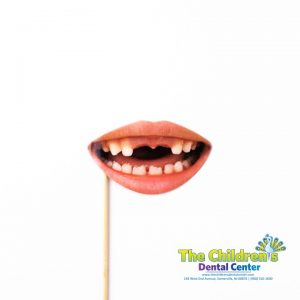At The Children’s Dental Center, we are committed to providing the best new patient experience possible.
Choosing The Right Dentist
We understand finding the right dentist can be difficult, especially when it comes to your child. Be sure to check out the American Academy of Pediatric Dentistry website to find a friendly, local pediatric dentist. At The Children’s Dental Center, our team strongly believes in creating a dental home where you can come to help keep your child cavity free. We are proud to provide friendly faces and positive experiences that your child will be excited about.
Preparing For A Visit
At-home care is vital in setting your child up for a successful dental visit. By ensuring your child is brushing teeth twice a day, flossing and using fluoride, you are showing them the importance of taking care of their teeth. From there, communicate with your child to let them know what they can expect when they arrive at the dentist.
Help prepare your child for their visit by reading books and watching shows that will help them understand what the dentist does. Answer any questions your child may have so they are clear and worry-free when their appointment comes. On the day of the visit, making sure your child is well-rested and not hungry can go a long way in making their visit run smoothly.
First Visit
One of the first things your child will see at The Children’s Dental Center is Jacques the Peacock, our mascot, sitting in the entryway. Then, your child will be warmly greeted and brought to an art table where they can color their own picture of Jacques. As they walk back to their treatment room, they will be introduced and welcomed by our team members.
After getting their teeth cleaned, Dr. Kane will come in to meet your child and perform an evaluation. You will never feel rushed, as each patient gets a full hour reserved so there is plenty of time to speak with Dr. Kane about home care, treatment options and ask any questions. Afterward, your child will go to our “treasure chest” where they can choose from many special prizes. Our goal is to send your child home feeling excited about their next visit.
Your child’s oral hygiene is an important part of their overall well-being. Preparing for their first dental visit can impact the way they take care of their teeth forever. As a part of our practice family, we are proud to offer you incredible service in a fun and welcoming environment.










